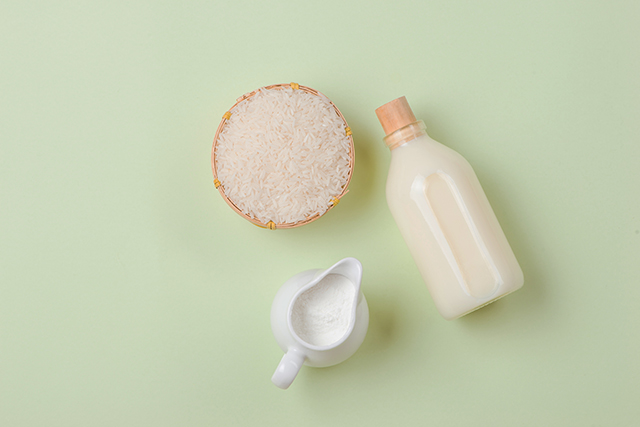
Advertisement
Large amounts of methylmercury (MeHG) in rice-based infant cereal can create developmental issues in babies and children. This is the finding of a recent research published in ACS’ Journal of Agricultural and Food Chemistry. The research team studied 119 samples of infant cereals using a variety of grains bought from various regions in the U.S. and China.
- Rice cereals from the U.S. and China showed a mean concentration of 2.28 micrograms of methylmercury per kilogram.
- Babies who eat these rice cereals take in between 0.004 to 0.123 micrograms of methylmercury per kilogram of body weight every day.
- Concentrations of total mercury and MeHg in cereal samples ranged from 0.35 to 15.9 ?g/kg and from 0.07 to 13.9 ?g/kg with means of 2.86 and 1.61 ?g/kg, respectively.
- Potential effects of this mercury content on health are hard to determine.
- The reference daily dose (RfD) of 0.1 microgram/kg/day of methylmercury may not apply to baby cereal since it is based on an expectant mom’s mercury intake and its transfer to her unborn baby.
- The EDI through cereal consumption is four to 122 percent of the MeHg reference dose.
Further studies are needed to fully understand how mercury in food can affect infant health.
Journal Reference:
Cui W, Liu G, Bezerra M, Lagos DA, Li Y, Cai Y. OCCURRENCE OF METHYLMERCURY IN RICE-BASED INFANT CEREALS AND ESTIMATION OF DAILY DIETARY INTAKE OF METHYLMERCURY FOR INFANTS. Journal of Agricultural and Food Chemistry. 2017;65(44):9569–9578. DOI: 10.1021/acs.jafc.7b03236
Advertisements







